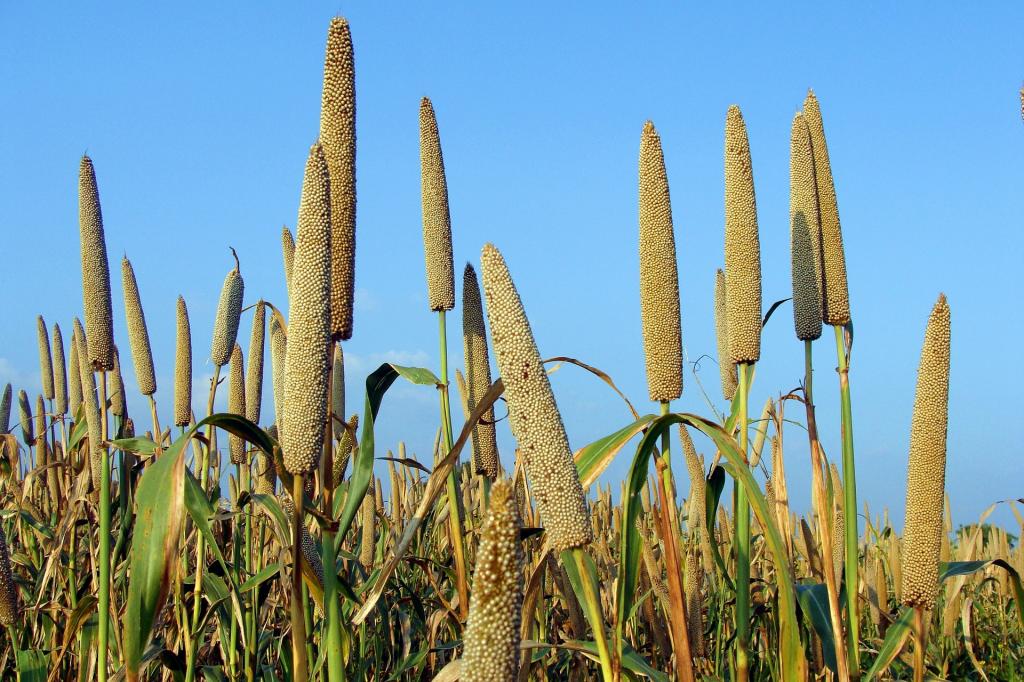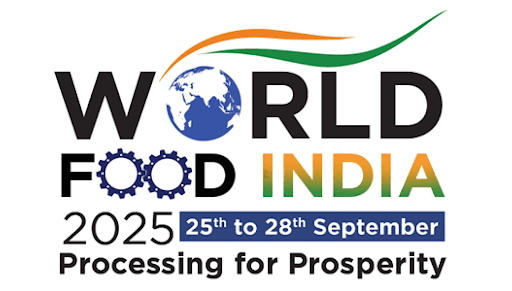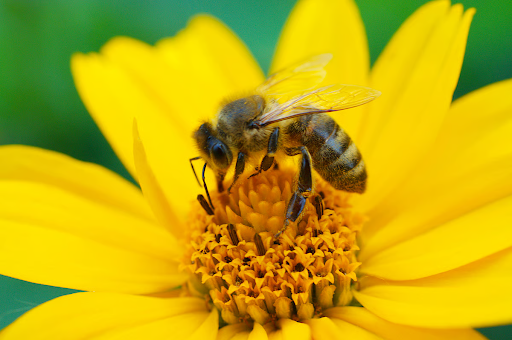Description

Disclaimer: Copyright infringement not intended.
Context
- Climate change has affected the production of wheat and paddy in the country, indicating a need to shift focus to coarse cereals.
Must Read- Comprehensive Article on Millet: https://www.iasgyan.in/daily-current-affairs/millet
Must Read: Climate Resistant Agriculture: https://www.iasgyan.in/daily-current-affairs/climate-resilient-agriculture
Background
- Increasing temperatures, changing monsoon and more frequent extreme climate events are posing a threat to food security in India.
- In the past 45 years, the overall monsoon rainfall has decreased, there is greater variability in daily rainfall, temperatures have risen, extreme events have gone up and so has frequency of droughts.
- Studies have found that while almost all grain crops are sensitive to these changes, adding more coarse grains or millets in crop production mix may help make food supply withstand vagaries of climate change.
- Compared to rice, alternative grains (finger millet, maize, pearl millet and sorghum) are significantly less sensitive to climate variability and generally experienced smaller decline in yields under climate extremes.
- Coarse grains like millet, sorghum and maize are more resilient to extreme events like droughts. Their yields vary significantly less due to year-to-year changes in climate and generally experience smaller declines during droughts. But yields from rice, India’s main crop, experience larger declines during extreme weather conditions. This means reliance on a single crop – rice – during kharif makes India’s food supply potentially vulnerable to the effects of varying climate.

Rice Focus
- During the Green Revolution of the 1960s and the 1970s, the focus has mainly been on increasing rice and wheat output. As a result, a large number of farmers shifted away from more nutritious coarse cereals to high-yielding crops such as rice, leading to narrowing in the diversity of cultivated crops.
- Between 1966 and 2011, the total cropped area for monsoon cereals remained nearly constant, but harvested areas dedicated to monsoon rice increased from 52 per cent to 67 per cent.
- Currently, rice accounts for 74 per cent of kharif cereals production, 80 per cent of energy and 81 per cent of water used for cereal production in the season. Besides, nearly 90 per cent of greenhouse gas emissions from kharif cereals production comes from rice alone.
|
2022 and Erratic Monsoon
Erratic monsoon in 2022 has increased the government’s concern for the Kharif season yield. The sowing of paddy and pulses was severely affected in most areas this year.
This year, sowing was done in 36.75 million hectares of land through August 26, 2022. This is 2.34 million hectares less than last year, showed data from the Union ministry of agriculture. At the same time, pulses have been sown in 12.77 million hectares this year, while last year pulses were sown in 13.43 million hectares — 666,000 hectares less.
Even the sowing of oilseeds has decreased slightly this year. However, the sowing for coarse grains has increased.
Coarse cereals have been sown in 17.63 million hectares this year as against 16.93 million hectares last year — an increase of 694,000 hectares. The acreage of millet has increased the most.
|
Importance of Coarse Grains
- In a study published in the journal, Proceedings of National Academy of Sciences, the scientists, showed that there can be multiple benefits if farmers were encouraged to switch back to coarse cereals.
- They found that increasing combined calories supplied by coarse cereals such as finger millet, pearl millet and sorghum from the present 14 per cent to 21-32 per cent can help improve the nutritive value of food, apart from reducing irrigation demand, energy use and greenhouse gas emissions.
- Planting more coarse cereals could on average increase available protein by 1-5 per cent, increase iron supply by between 5-49 per cent; increase climate resilience (1-13 per cent fewer calories would be lost during times of drought); and reduce GHG emissions by 2-13 per cent. The diversification of crops would also lower demand for irrigation water by 3-21 per cent and reduce energy use by 2-12 per cent, while maintaining calorie production and using the same amount of cropland.
Facts
- Coarse Grains are drought resistant crop, requires less water for its growth and development due to an efficient root system.
- Coarse Grains can be grown in dry soil. Thus, tillage practices can be avoided reducing the duration of cultivation as well as can promote carbon sequestration.
- Coarse Grains are adaptable almost everywhere in dry regions on clay soils in wet lowlands or in alluvial lands. Their root systems are powerful, able to descend very quickly to a great depth of soil (sometimes up to 2 meters) to extract water and minerals. This characteristic partly explains their quality of hardiness and drought resistance, as well as their high adaptability and resilience to climate change.
Health benefits of Coarse Grains
- Consuming polished rice on a daily basis produces a high percentage of glucose whereas millet as a food commodity releases low volume of glucose, thus making it safer for consumption. They are low in Glycemic Index (GI) as such don’t cause high spike in blood sugar level.
- Dietary fibre present in coarse grains has water absorbing and bulking property which increases transit time of food in the gut thus help in reducing risk of inflammatory bowel disease and acts as detoxifying agent in the body.
- Soluble fibre produces viscous substance in our gut that traps the fat and helps in reducing cholesterol level.
- Coarse grains are rich in phenolic compunds, especially ferulic acid and catechins. These molecules act as antioxidants to protect our body from harmful oxidative stress.
- Gluten-free grain of coarse grains makes it viable choice for people with celiac disease or those following a gluten-free diet. It can reduce risk of gastrointestional conditions like gastric ulcers or colon cancer.
- Coarse grains act as a probiotic feeding microflora in our ecosystem. Therefore, coarse grains should ideally be an integral part of our daily diet.
Challenge and Way Ahead
- Replacing rice with millets is not going to be an easy affair. Agriculture is intimately linked with socio-economic factors and market forces, all of which affect crop choice. A better option would be to incentivize poor farmers to increase their crop diversity to reduce the sensitivity of rice to rainfall variability.
- In the future, more coarse cereals need to be given out under the public distribution system instead of wheat and rice. There have been examples of coarse cereals in rations earlier as well. In July 2022, Karnataka was allocated 113,000 tonnes of coarse cereals instead of rice under the NFSA.
- The question remains whether growing more coarse cereals will benefit farmers. The government should make it mandatory for Farmers Producer Organizations (FPOs) to buy at MSP only.
Conclusion
- Climate is the primary determinant of agricultural productivity with direct impact on food production across the globe. And Food production systems are extremely sensitive to climate changes like changes in temperature and precipitation, which may lead to outbreaks of pests and diseases thereby reducing harvest ultimately affecting the food security. In such alarming condition, Coarse Grains can come up as a solution for ensuring food security of ever-burgeoning population.
- With nearly 200 million undernourished people in India, alongside widespread groundwater depletion and the need to adapt to climate change, increasing the supply of nutricereals is an important part of improving the country’s food security.
- To make agriculture more sustainable, it’s important that we think beyond just increasing food supply and also find solutions that can benefit nutrition, farmers, and the environment. India can sustainably enhance its food supply if farmers plant less rice and more nutritious and environment-friendly crops such as finger millet, pearl millet, and sorghum.
- India can benefit substantially on multiple fronts such as nutritional security, energy and water utilisation and even cut its greenhouse gas emissions if it promotes the cultivation of coarse cereals
- In this direction, The U.N. General assembly rightly adopted a resolution, sponsored by India and supported by more than 70 countries, declaring 2023 as the International Year of Millets. The resolution is intended to increase public awareness on the health benefits of millets, coarse grains and their suitability for cultivation under tough conditions marked by climate change.
https://www.downtoearth.org.in/news/agriculture/government-push-to-coarse-cereals-as-climate-change-affects-wheat-paddy-cultivation-84667









